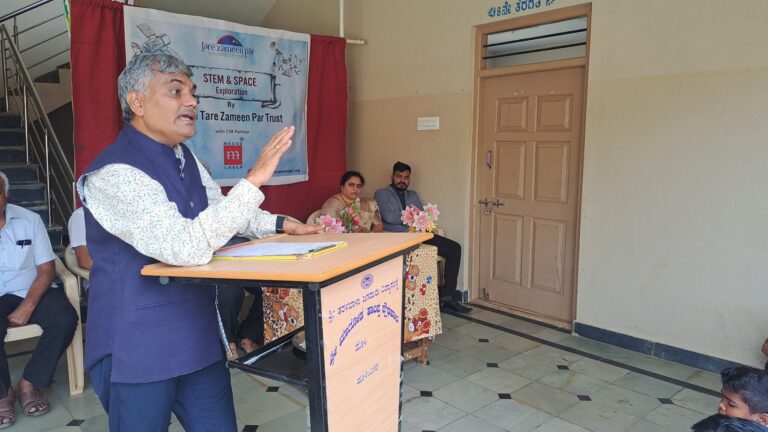From Fields to Classrooms : Thoughts by the Founder

For India to become the biggest economy in the world by 2047, much has to happen across the different sectors. At the core of this transformation, however, is the synergy between agricultural innovation and rural education empowerment.
The agriculture sector, engaging almost half of India’s workforce, has huge potential. It will help the farmer ensure the best yield for his crop without leading to any losses/wastages if practiced using precision farming methods. Proceeding with data-driven decisions, AI and IoT in agriculture will alter the age-old practice of cultivation. Promotion of sustainable agriculture and organic farming will not only bring in more exports but also provide food security for the burgeoning population.
At the same time, rural education should always be capable of leading innovation in any sector. Digital initiatives like mobile learning platforms can bring quality education closer to rural populations, therefore bridging the gap between the urban and the rural. This will increase vocational trainings answering local needs, hence equipping the youth with relevant skills at hand in order to reduce migration into cities and increase entrepreneurship in the countryside.
Not to forget the role of the government in this transformation process. Building rural infrastructures that have strong internet connectivity and stable power supply will, therefore, be an enablement factor for agriculture improvements just as much as for educational initiatives. Then, there is reforming policies aimed at attracting foreign investments in the agri-tech and edtech sectors.
These efforts are bound to bring in a spill-over effect across the economy of India. A more efficient agricultural sector will release this labor for use in manufacturing and services to drive growth of the economy as a whole. An educated rural population will add to consuming, saving, and investing—thereby further fueling economic expansion.
The blend of traditional knowledge with modern technology will thus be a unique competitive advantage for India in the global market. In using its demographic dividend and large natural resources, India can establish itself firmly as a global hub for sustainable solutions in agriculture and education.
If all stakeholders put in a serious effort, the path to economic supremacy is not going to be easy. It would then be pretty possible for India to realize its potential. As the country celebrates its centenary of independence in 2047, it may well find itself at the pinnacle of the world economic order, exemplifying the power of inclusive growth and human capital development.
